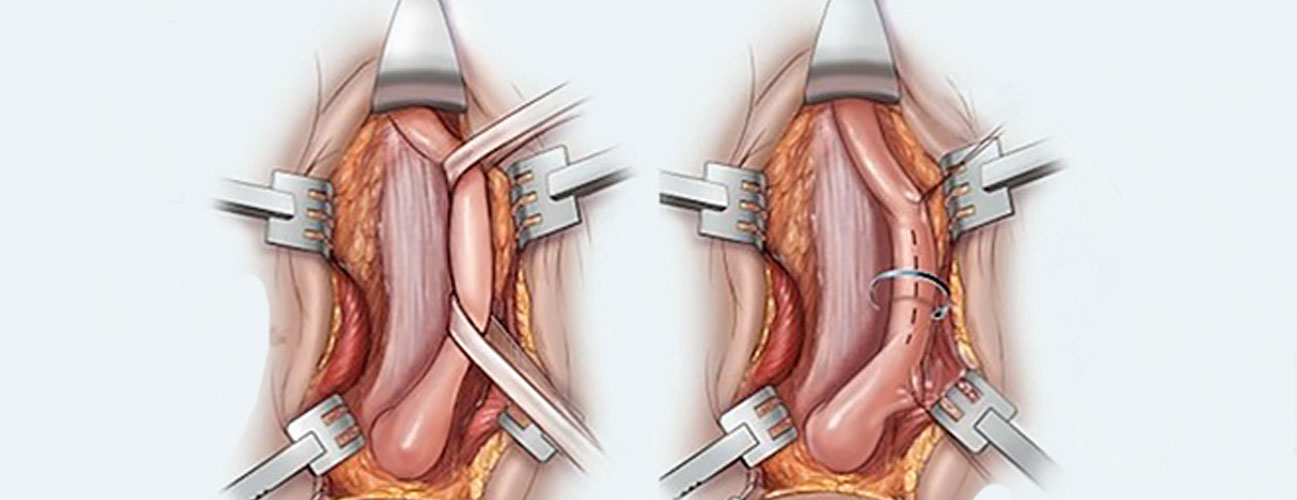Services
- Home/
- Urethroplasties

Urethroplasty is surgery performed on your urethra, a part of your urinary system. The urethra is a tube that carries urine from your urinary bladder to the outside of your body. In men, the urethra also carries semen outside of their bodies.
Urethroplasty is done to repair or replace your urethra when scar tissue forms inside it. Your surgeon connects two ends of your urethra after cutting out the scar tissue, or may borrow tissue elsewhere in your body to rebuild the portion of your urethra that’s blocked.
You may need urethroplasty if:
The length of time surgery lasts depends on how much repair work is being done. For instance, a repair that joins two ends of your urethra together takes less time than a repair that requires tissue from another place in your body. If your entire urethra is involved, multiple pieces of tissue can be needed to rebuild the urethra.
Other body tissues used most often to fix a urethra come from: